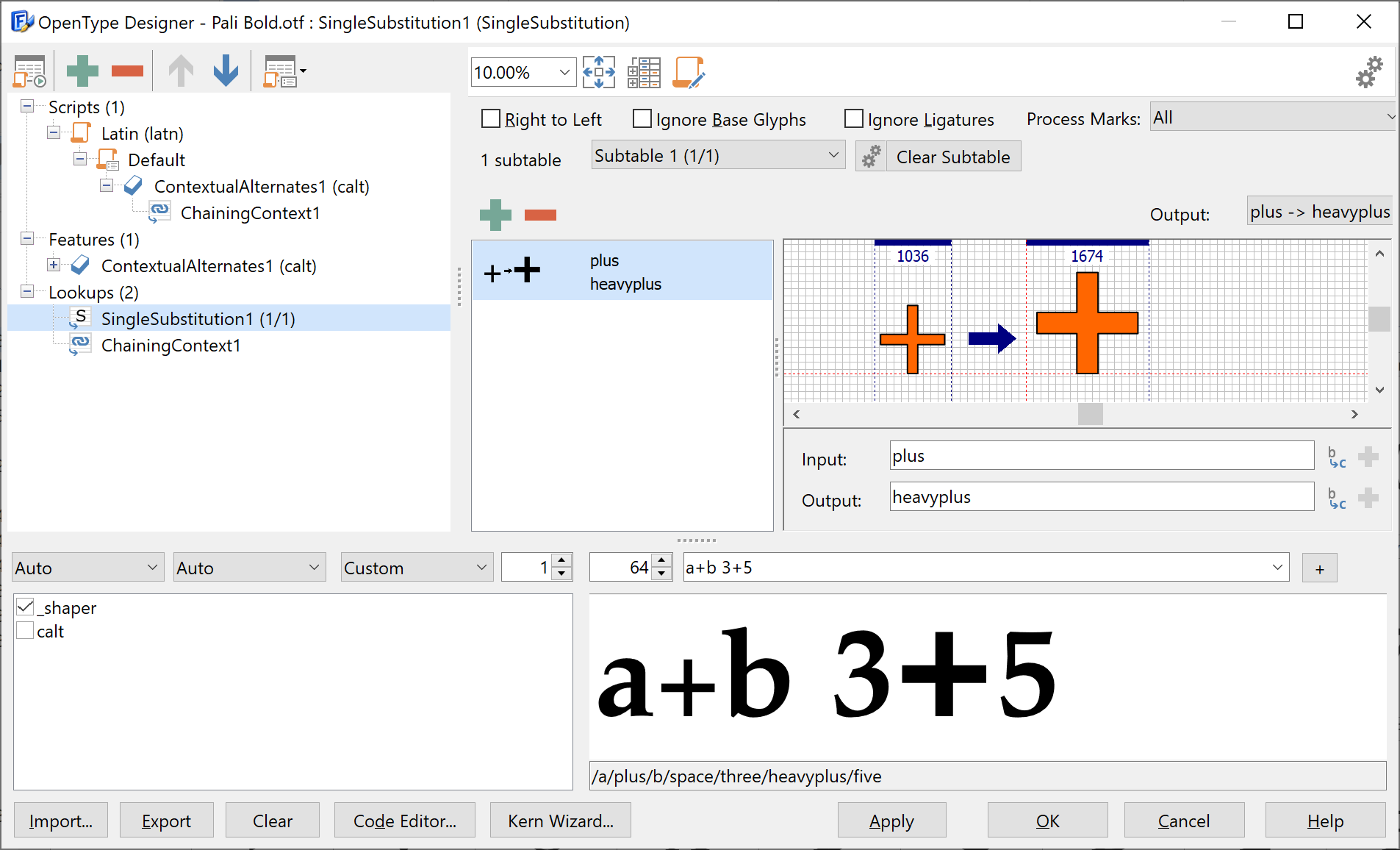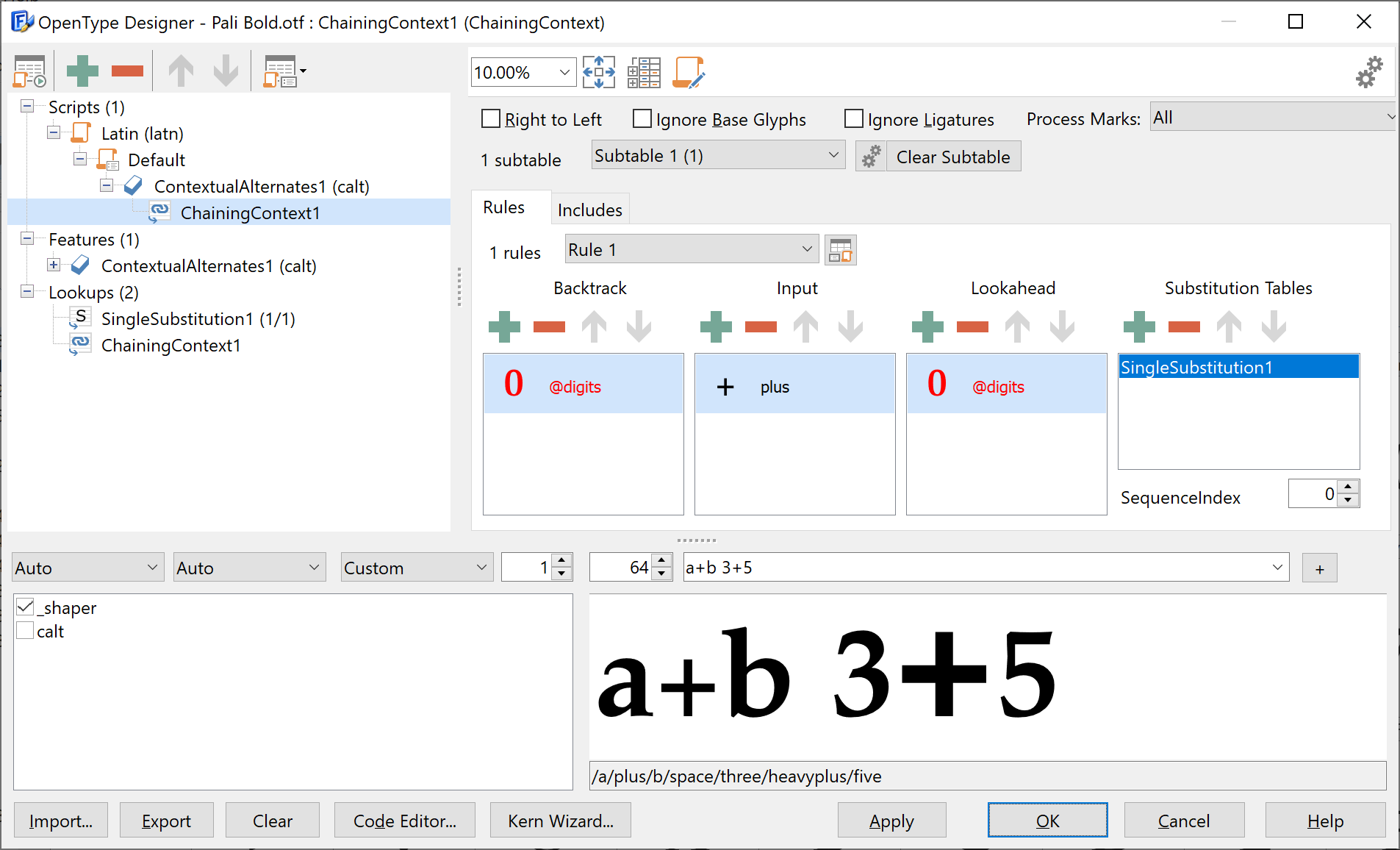There are two Chained Context lookups, one for positioning and the other for substitutions. They will perform the substitution tables if a match is found for the combination of backtrack, input, and lookahead.
Chained Context positioning is most commonly used to change the position of certain glyphs in a specified sequence of glyphs.
Chained Context substitution is used to replace one or more glyphs in a given context.
For example, if you want to substitute the plus sign with another glyph (which shows a larger plus sign), but only if the previous and next character is a digit. Add a substitution lookup that replaces the regular plus with a heavyplus.

Next add a chaining context lookup, add digits to both backtrack and lookahead, add the plus as input, and connect the rule with the substitution lookup.

Sequence index is related to the input glyphs. By default the substitution tables will process input glyphs from the first index (which is index 0), but you can force it to apply the table from a different starting point in the input sequence by providing a non-zero sequence index.
With both chained context positioning and chained context substitution you can also make use of a special class known as class0. This class contains all glyphs except the ones used within the context. For example, if a font contains only these characters: a b c d e, then if Input uses a and d, class0 contains b c and e. The classes within the Includes section will all be treated as being not part of class0. If your rules do not make use of class0, then you can leave the Includes fields empty.